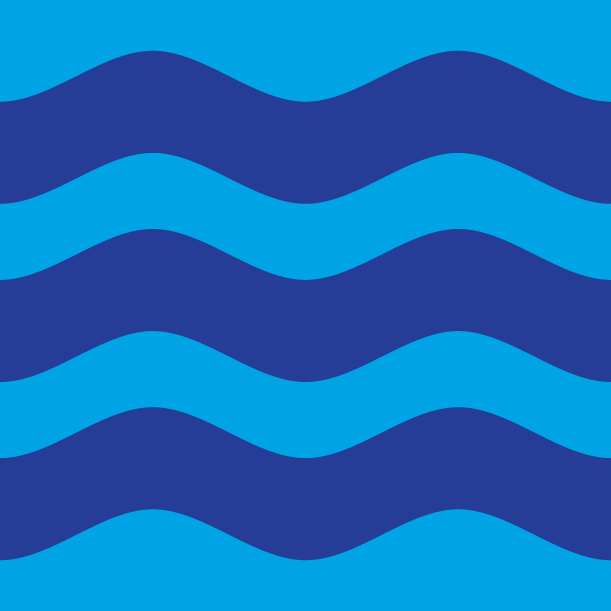American Sycamore Providing Beautiful Contrast
It’s good to have spring finally here. It was a long winter in the Ft. Wayne area. Late winter and early spring are often a very colorless time along our rivers. Brown vegetation and dormant trees line the banks as nature just seems to be asleep, waiting for spring to come. But there is a massive tree with creamy, white bark that is easily spotted dotting the riverbanks and provides a beautiful contrast compared to the sea of brown around it. This tree is the American Sycamore (Platanus occidentalis).
The Sycamore is a native tree to Northeast Indiana and is easily one of the largest in the area. Nothing about this tree is small. These trees can reach heights of 100 feet with a rounded canopy that can open up to a 70-foot spread. Trees with a diameter of up to 8 feet can be found. I can think of one in Bloomingdale Park that is alive and well and close to this diameter. In fact, there is a Sycamore stump measuring 18 feet in diameter on record in Kokomo, Indiana that was felled by a storm!
The leaves of these trees are the largest in the forest, sometimes reaching almost a foot wide. In the fall, they can blanket the forest floor. Tiny seeds make up one large ball of fruit. These balls can float, which is great for seed dispersal, since Sycamores are usually found in bottomlands along rivers and creeks.
Although the Sycamore is an enormous tree all the way around, its most recognizable characteristic is its bark. As the Sycamore grows, the bark starts to crack and drop because it is very inflexible. As its gray bark falls away, it gives way to a smooth white interior, which becomes its new outer layer. As the Sycamore ages, it becomes almost white at the top with a mottled camouflage look at the bottom.
Sycamores are one of the most recognizable trees found in North America. However, they are easily confused with the London Plane Tree. This non-native is a hybrid cross between our American Sycamore and the non-native Oriental Plane Tree. The major difference between the two is the fruit. On the Sycamore, the fruit hangs individually, as opposed to hanging in pairs on the London Plane Tree. Other minor differences are that the London Plane Tree is somewhat duller in color and has deeper lobes on its leaves compared to the Sycamore. Also, not surprisingly, the Sycamore grows slightly larger.
Now that spring has finally arrived, the Sycamore is still providing a beautiful contrast of color, only it is against green blankets of vegetation and the blue sky above. Take a walk on one of the Rivergreenway paths and see how many you can spot.
 Eric Ummel is the Landscape Supervisor for the Fort Wayne Parks and Recreation Department Department.
Eric Ummel is the Landscape Supervisor for the Fort Wayne Parks and Recreation Department Department.

